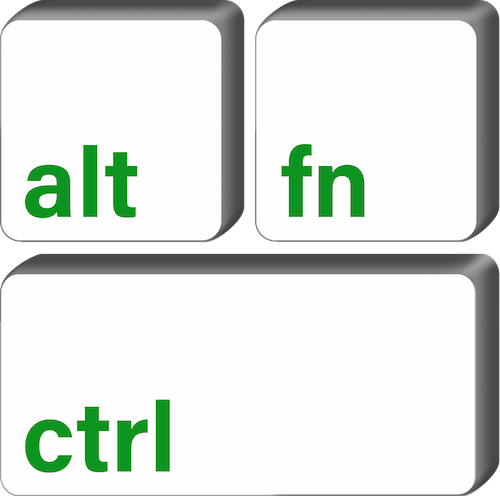Hacking: What It Means For A User
The illegal access or unauthorized entry into one’s system, computer, or network is hacking.
Hackers gain access to our devices with one goal in mind: take control and get as much information on anything as possible.
When the target is a user, hackers look for files, pictures, videos, email, email addresses, financial documents, logins and passwords, site visit history, software versions, and operating system versions. Let’s go over every single of them.
Files contain all sorts of information such as on-going projects, sensitive personal information, maybe even credit card numbers. Think bank statements for example, which lists details of store names, dates, amounts etc. Store names and amounts could be an indication of generated spending and income. Dates could indicate a schedule of when user isn’t home but out shopping.
A Balinese family taking a stroll on a beach after Melasti Purification Ceremony @voonpixels
Pictures are worth a thousand words, or so the saying goes. Videos and pictures are equally as valuable. They show who the victim’s family and friends are and look like, places they go, location of homes, people’s height, hair color, and so on. There have been incidents where the pictures are nude photos of the victims themselves, which makes it an easy blackmail too. Read 15 Crazy Stories Of Celebrity Blackmail And Extortion on Business Insider.
Email is a wealth of information. Easily, it gives details of who the victims talk to, where they shop, what they buy, their interests/hobby, the body size and pants number, an upcoming event or flight info that they will be going to (not at home, come robbers), places they went, what properties/possessions they have etc.
Email addresses can be used to spoof an email. To spoof an email, it means hackers send out an email using their account but the “sent from” address looks like it comes from the victim. Imagine all your contacts in your address book get a viral email from “you” the victim. Email addresses can also be sold to spammers or marketers, who usually send unwanted adverts, aka spam mail.
Financial documents are bank/credit card statements, which contain victim’s full legal name and address, account numbers, credit limit or account balance, their savings, types of investments, and card number. Hackers can use all this personal information to guess victim’s web logins to their financial institutions.
Logins and passwords can be obtained from many areas. One of the easiest places is saved logins on web browsers. Breaking into a home is like hacking into a computer. Knowing the victim’s login to a website is like opening another door inside the house and behind that door lies another treasure of information. If it’s a banking site, hackers can change the billing address and order a card replacement delivered to the new address where they can get to. While a victim’s Facebook page doesn’t really hold monetary value, locking the victim out can prevent him from socializing or communicating with his contacts and THAT can be an extortion bargaining chip.
Site history reveals places the victim frequents, which shows his habits, brand preference, time spent on a certain website and so forth. This data is worth something to marketing research.
Software and operating system versions although unimportant to many users, in fact many do not even apply updates frequently enough to patch any security loopholes, are crucial to hackers. By knowing which version a software is, hackers can discover or exploit a way to gain remote access to one’s computer - may it be full remote control of the mouse and keyboard, screen monitoring, keystroke captures, or the ability to turn on mic and camera.
Scary stuff. Now that we have identified and given examples of what hacking is, stay tuned for the next segment where we discuss prevention.



